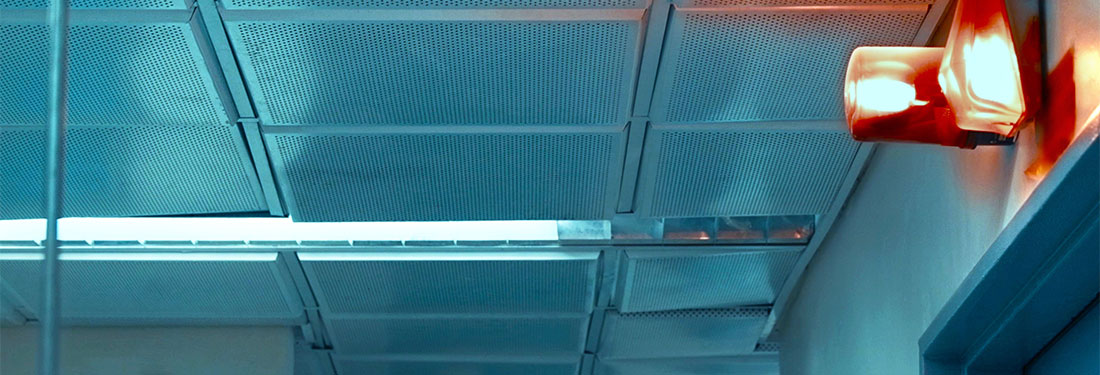Terrible Tragedy — and Powerful Legacy — of Preventable Death
“Our board said that if we cannot ensure safety of our patients we shouldn’t be in business.”
– Cathie Furman, RN
The course of history for Virginia Mason was forever changed Nov. 23, 2004, when Mrs. Mary L. McClinton died due to a preventable medical error. Mrs. McClinton was 69 when she was treated for a brain aneurism at Virginia Mason yet was mistakenly injected with chlorhexidine, an antiseptic.
How could such an error happen? Confusion over the three identical stainless steel bowls in the procedure room containing clear liquids — chlorhexidine, contrast dye and saline solution.
There is no greater tragedy within a medical center than when a patient dies due to a preventable error. The terrible truth is that such deaths are not uncommon. The Institute of Medicine report, To Err Is Human (1999), estimated that as many as 98,000 Americans die each year from preventable errors.
The death of Mrs. McClinton was first and foremost a terrible tragedy for her family and community. She was a beloved, widely respected figure.
But her death was also the most severe test a medical center can face. The question became this: What do you do? What is your response to this unthinkable event?
Virginia Mason promptly disclosed the fact that a mistake had been made in Mrs. McClinton’s case that caused her death. It is a sad understatement to say that this level of transparency was — and for the most part, remains — rare in the world of health care. The disclosure ran directly counter to the cultures of secrecy in which many provider organizations have cloaked themselves.
Virginia Mason then took a radical step. It set aside its dozen or so organizational goals and declared that, going forward, it would have a single goal: To ensure the safety of our patients through the elimination of avoidable death and injury.
Safety remained the single annual organizational goal for three years after Mrs. McClinton’s death. During that time, Virginia Mason made quantum leaps forward in creating a safer environment. This work was and remains guided and inspired by the memory of Mrs. McClinton. “Her death galvanized us,” says Cathie Furman, RN, senior vice president of quality and compliance. “Our board said that if we cannot ensure safety of our patients we shouldn’t be in business.”
“On the one-year anniversary of her death, we came together as an organization to memorialize her,” says Furman. “Her family joined us that day, and we committed then to setting aside a day every year to reflect on improvement of the past year in her memory and honor. It is the single most important day of the year at Virginia Mason.”
The Mary L. McClinton Patient Safety Award is now the most coveted accolade at Virginia Mason. Teams compete for it each year by submitting a rigorous application describing their safety-related work. There is a set of explicit criteria and a scoring legend that a multidisciplinary selection committee uses to score each application. The award goes to the team that demonstrates its safety work is patient-centered, has applied the Virginia Mason Production system, has spread beyond a single work unit, has been sustained over time and been published or presented at regional or national conferences.
For all the improvement that has resulted from Mrs. McClinton’s death, there is a profoundly disturbing postscript that speaks to the culture of secrecy in so much of health care.
A month after Mrs. McClinton died, Furman received a call from a state health regulator. “She said every single hospital that they had surveyed in the month subsequent to Mrs. McClinton’s death told her they had had the exact same situation in the procedure room and changed their process as a result of the tragedy,” she says. “And we learned that another hospital had a similar error two years earlier and did not have the courage to be transparent about it. Just imagine if they had disclosed the error and we had been able to change our process back then.”
What does transparency at your organization look like when it comes to patient safety?
Originally published March 26, 2014, updated March 14, 2022
Read Journey to Zero Harm
Learn how University of Maryland St. Joseph Medical Center implemented a cultural transformation where team members now work towards no patient harm.





